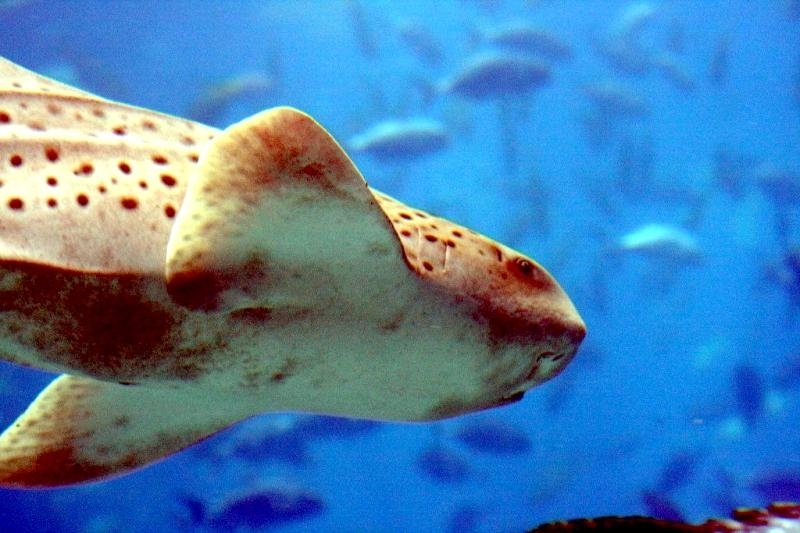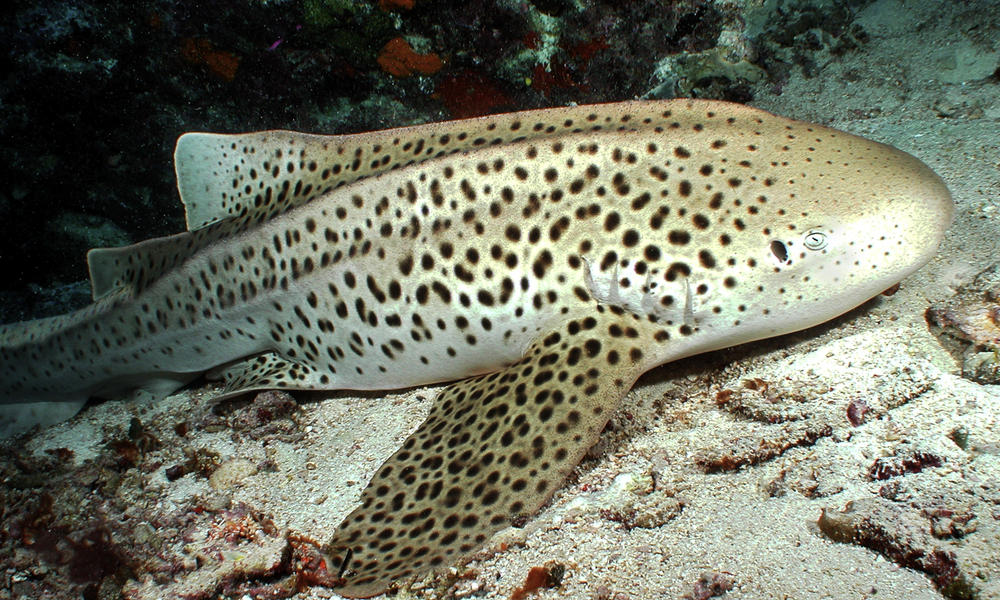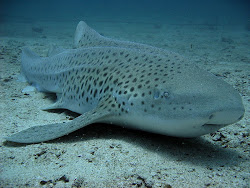
A teaspoon of oil was said to produce a smooth surface for as long as a small boat of fishermen worked in one spot. In the Florida sponge fisheries of the 1880s, fishermen used nurse shark liver oil to calm the water surface so that they could scan the bottom continuously. In Jamaica, the nurse shark was fished solely for its liver, which was used in burning a fish yielded about a gallon of Nurse shark liver oil was used for various purposes in the past. The nurse shark has been used for its liver oil, hides, and meat. Some species are found in the aquarium trade. Most Orectolobiformes have little, if any, commercial importance. In addition, the whale shark was added to CITES Appendix II in December 2002. Two species are listed on the IUCN Red List: the blue-gray carpet shark ( Heteroscyllium colcloughi) and the whale shark ( Rhincodon typus). The whale shark has been protected in several countries, primarily on aesthetic grounds. There are no fisheries for them in the Atlantic. Recently, there have been localized fisheries for whale sharks in the Philippines, India, and Taiwan. Most species in the order are not threatened by fisheries. The reproductive processes of the nurse shark are probably the best known (see species account following). Little is known about the reproductive processes of most orectolobiformes. Reproductive biologyīoth oviparous and viviparous species have been reported. Little information exists on creatures that are predatory towards fishes in this order, but carcharhinid sharks are known to prey on small orectolobiformes.

The whale shark, the largest fish in the world, with a maximum length of 39 ft (12 m), feeds on plankton. Most of the orectolobiformes are small, sluggish sharks that feed on small invertebrates and fishes. Almost nothing is known about the behavior of most species. Most orectolobiformes are sluggish bottom-dwelling sharks that hide among the bottom rocks or coral heads during the day. The whale shark is the only pelagic species in the order. They often are bottom dwellers in rocky areas or coral reefs. With a few exceptions, most of the species of the order are found in the shallow waters of the continental shelves. The whale shark has worldwide distribution. The nurse shark ( Ginglymostoma cirratum) is found in both the Pacific and Atlantic Oceans. Only two species are found in other oceans. The Orectolobiformes are mainly an Indo-Pacific species.

The Orectolobiformes are small to very large sharks with prominent nasoral grooves (grooves connecting the nostrils to the mouth), nasal barbels, two dorsal fins, an anal fin, and small terminal or subterminal mouths.

The order Orectolobiformes comprises seven families: the Rhincodontidae ( whale shark), the Stegostomatidae (zebra shark), the Orectolobidae (the wobbegongs), the Ginglymostomatidae (the nurse sharks), the Parascyllidae (the collared carpet sharks), the Brachaeluridae (the blind sharks), and the Hemiscyllidae (the longtail carpet sharks). The Orectobiformes have a Jurassic record and show relationships to the Hybodontiformes, Squatiniformes, and Squaliformes, with such common characters as a flange on the teeth and nasal barbels.

The exact origin of this group is unclear.


 0 kommentar(er)
0 kommentar(er)
